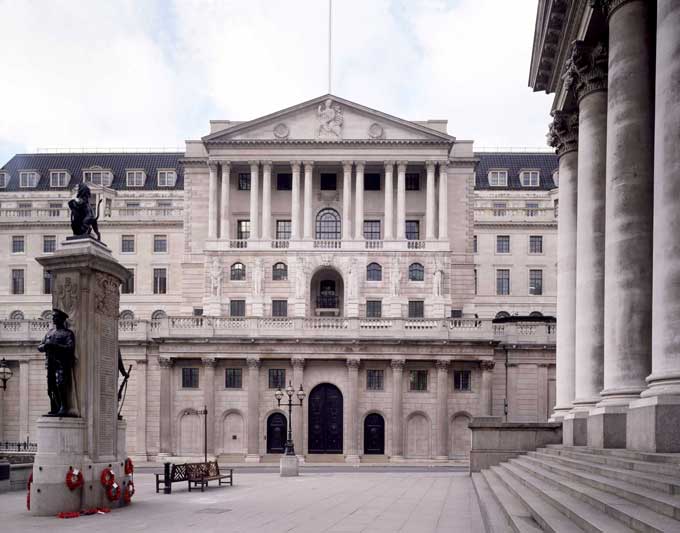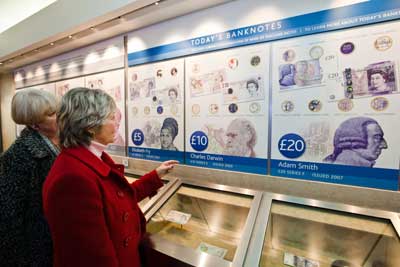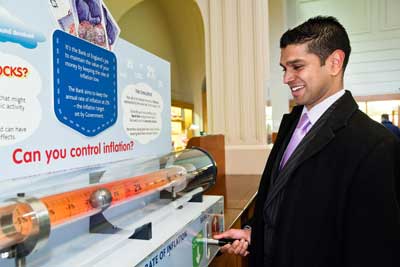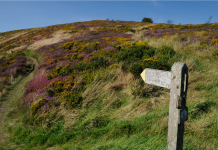We take a tour of the Bank of England Museum and discover a treasure trove of fun and factual exhibits.

The imposing edifice of the Bank of England still dominates the City of London as not only the nation’s central bank, but one of our most fascinating and important landmarks. But the Bank of England Museum, hidden to the side of the Bank off Bartholomew Lane, is a treasure trove that even many of the City workers who hurry past its heavy walls every day might easily miss.
Officially opened by HM The Queen on 16 November 1988, the museum traces the history of the Bank from its foundation by Royal Charter in 1694 to its essential role today. The first room you enter is a reconstruction of a late 18th-century banking hall, the Bank Stock Office, design by Sir John Soane, the leading English architect of the period. With no windows for security reasons, banks were dark places, and Soane’s domed roof helped to let the light in.
In this space there is plenty of information on the foundation of the Bank – it moved to its current location on Threadneedle Street in 1734 and gradually expanded until it covered the whole of its present site by 1833. The Bank then remained largely unaltered until after World War I when the architect Sir Herbert Baker carried out a complete rebuilding. He worked for a while in New Delhi previously, and this influence is clear in the grand, imperial style of the façade. The building as it stands now was completed just before the outbreak of war in 1939.
But before the Bank of England, the business of banking in the country was largely in the hands of the goldsmiths who made extensive loans to merchants and the crown. Goldsmith’s notes were the forerunners of modern banknotes, and as you pass through from the Stock Office you enter a series of three rooms dealing with the Banks’ early history. They contain some fascinating artefacts, including fragments of bank notes from as early as 1694 and tally sticks, which were in use from around 1100 AD until 1826.
There are plenty of famous names to spot as you peruse the exhibits, from Admiral Horatio Nelson who had an account with the Bank to George Frideric Handel who, as an investor, would have had to appear in person at the bank to deposit money. Even George Washington had stock in the Bank.
Amazingly, the Bank has never been robbed in 300 years. But for nearly 200 of those, from 1780-1973, it was protected every night by a military detachment called the Bank Guard or Picquet after the Gordon Riots of June 1780.
Rioters tried to gain access from a church adjacent to the Bank so it was subsequently knocked down and removed except for the graveyard, which was turned into a garden. Although this has now changed location the garden still exists within the Bank’s walls and is open to the public four times a year, including on the Open House London Weekend and the City of London Festival when there is a 30-minute guided tour.
The museum is keen to emphasise the role of the Bank today, using informative interactive videos to explain the Bank’s role of setting interest rates to keep inflation low. There is plenty to keep kids occupied, including a giant inflation hot air balloon, which you operate to simulate the role of the Bank in keeping inflation steady. The Bank also offers talks for adults on the economy or the building’s history.
There are two exciting upcoming exhibitions at the Bank, the first on the Huguenot Legacy from 14 February to 10 May, and the second, Cartoons and Caricatures, from 17 May to 9 November. There are also story telling sessions, an Easter egg trail and a rare opportunity for an evening visit.
Take a look at our top 10 highlights from the Bank of England Museum and go to www.bankofengland.co.uk/museum for opening times and more details.





 © 2024
© 2024